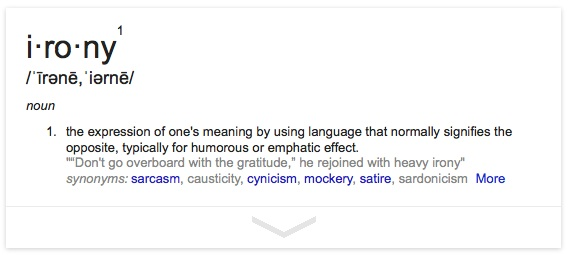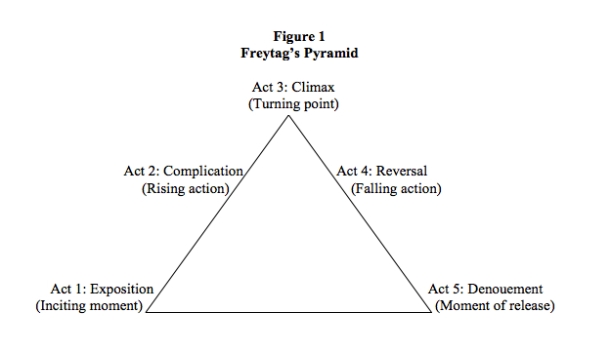Upcycling isn’t just for crafts or Pinterest. It is simply a concept where old products are given more value. Upcycling in social media it is a way to optimize your time and effort.
Here are four ways you can reuse and repurpose for social media content:
1. Underutilized parts of your website. Are there valuable parts of your website that if you are honest with yourself no one really uses? Today people want content brought to them.
I used to work for a bank that had an excellent small business toolkit. It was valuable information from finance and HR to marketing tips. The problem was no one used it because they didn’t know it was there. How often do you surf your bank or other banks websites?
Our idea was to divide the long form website content into short chunks and push it out as small business tips on social media. Upcycling already created content to social can build awareness and drive traffic to the website, but it also helps build relationships in social media.
What valuable information is on your website or hidden in a brochure sitting on a shelf that you could repackage as valuable social media content?
2. Play By Play Of Live Events. Public Relations professionals have used events as a powerful publicity tool since the last century. Today you can multiply that power by bringing the event to many more than can attend in person.
For a regional airport client we planned a live contest where two local radio DJ’s flew to Chicago and back in one day. One took a flight from our local airport and the other took a flight from the farther big city airport. We demonstrated that you could save money, distance and time flying from our client’s airport when most people thought it was too expensive.
The airport received enormous buzz online as we updated Facebook, Twitter and UStream videos of each DJs progress. The event would have been successful with just the live reports on the radio, but Upcycling the live traditional media content to social media upped the awareness.
Do you have a live event coming up where you could up the exposure by reporting it on social media channels?
3. B-Roll Video And Photos. Producing a TV Commercial can take up to month and cost a lot of money. The average 30 second spot cost $350K. During a day long shoot you collect a lot of footage that doesn’t make the 30 second final cut.
Why not leverage extra footage as social content? A director’s cut, alternative version, or “making of” video can really draw fans. We all love to get a look behind the scenes. You could also share still photos online during the shoot via Instagram, Pinterst or another photo site for a sneak peak.
Either way you get more for your investment by upcycling video and photo content being produced for other uses. For more engagement you could even post different versions of the TV ad and have your fans vote on the final cut.
Do you have a TV or video shoot coming up that you can leverage as social media content? What about a still photo shoot?
4. Front Line Employees. Remember the small business tips for the bank example above? Our second idea was to empower branch managers to send out the small business tips via their LinkedIn, Twitter and Facebook accounts as a way to generate leads for new accounts.
These managers were tasked with signing up new business accounts anyway. Why not give them another tool besides cold calls and post cards?
Unfortunately their response was that they blocked access to social media in the offices for employees. Some upcycling requires an open mind and may require some new guidelines such as an employee social media policy.
Is there a way you can upcycle your employees? Best Buy leverages their blue shirt in-store associates’ knowledge and down time to answer people’s tech questions on Twitter building awareness and goodwill for the brand.
Can you think of other ways to upcycle existing efforts into fresh social media content?












